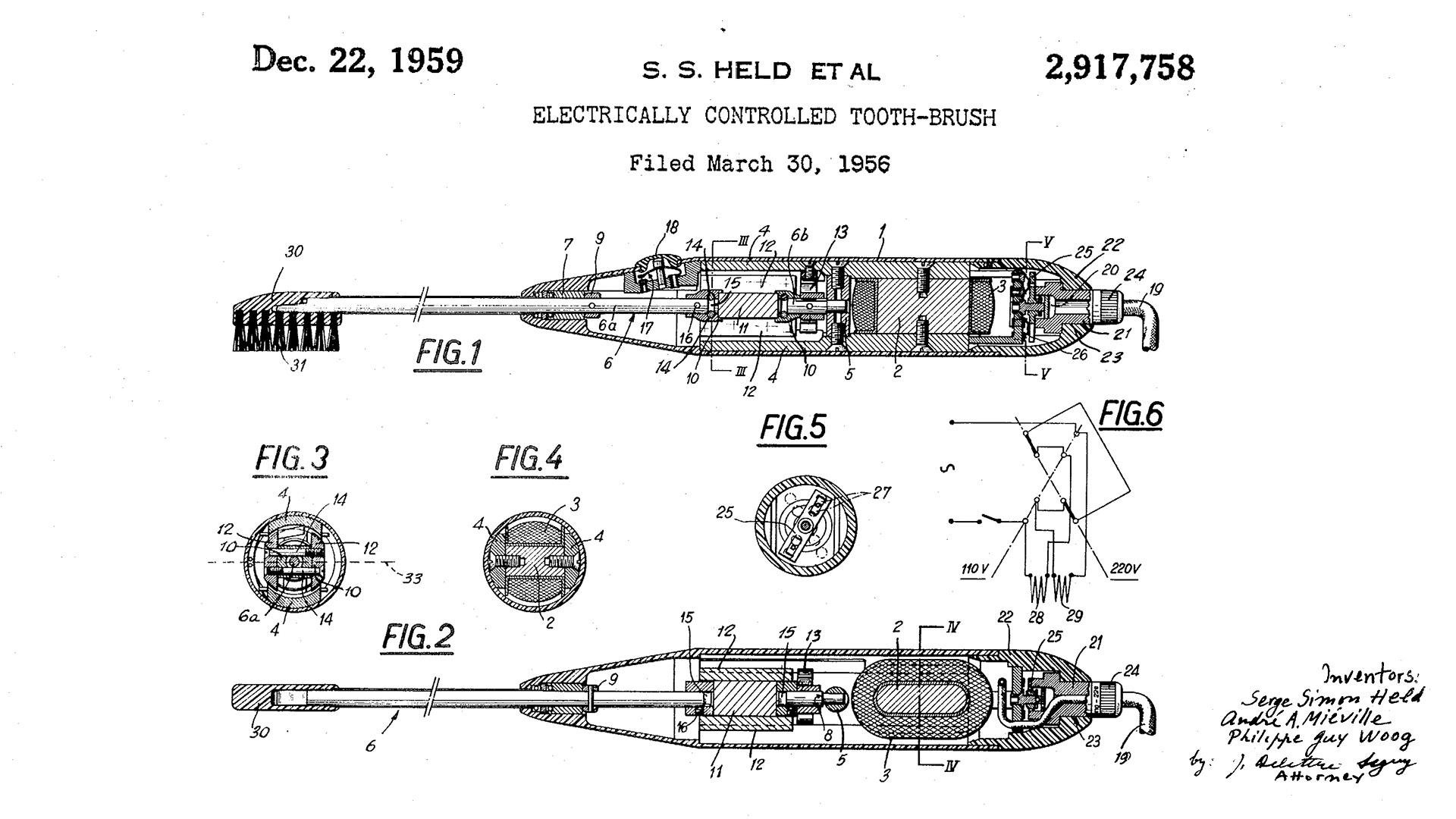Patenticulars
Paving the way for inclusivity: curb-cut inventions that overcome barriers
In the ever-evolving landscape of technological innovation, remarkable inventions that have been designed to enhance inclusivity in our society especially stand out. "Curb-cut" inventions in particular play an important role – in other words, inventions initially designed for people with disabilities that actually improve things for everyone, just like the ramps (curb-cuts) introduced following action by disability rights activists in Berkeley to make pavements accessible for wheelchair users. In celebration of the International Day of Persons with Disabilities on 3 December, this article delves into the world of patented curb-cut inventions, shedding light on their importance in creating accessible, welcoming spaces for everyone, regardless of physical abilities.
-
The telephone (patented in 1876)
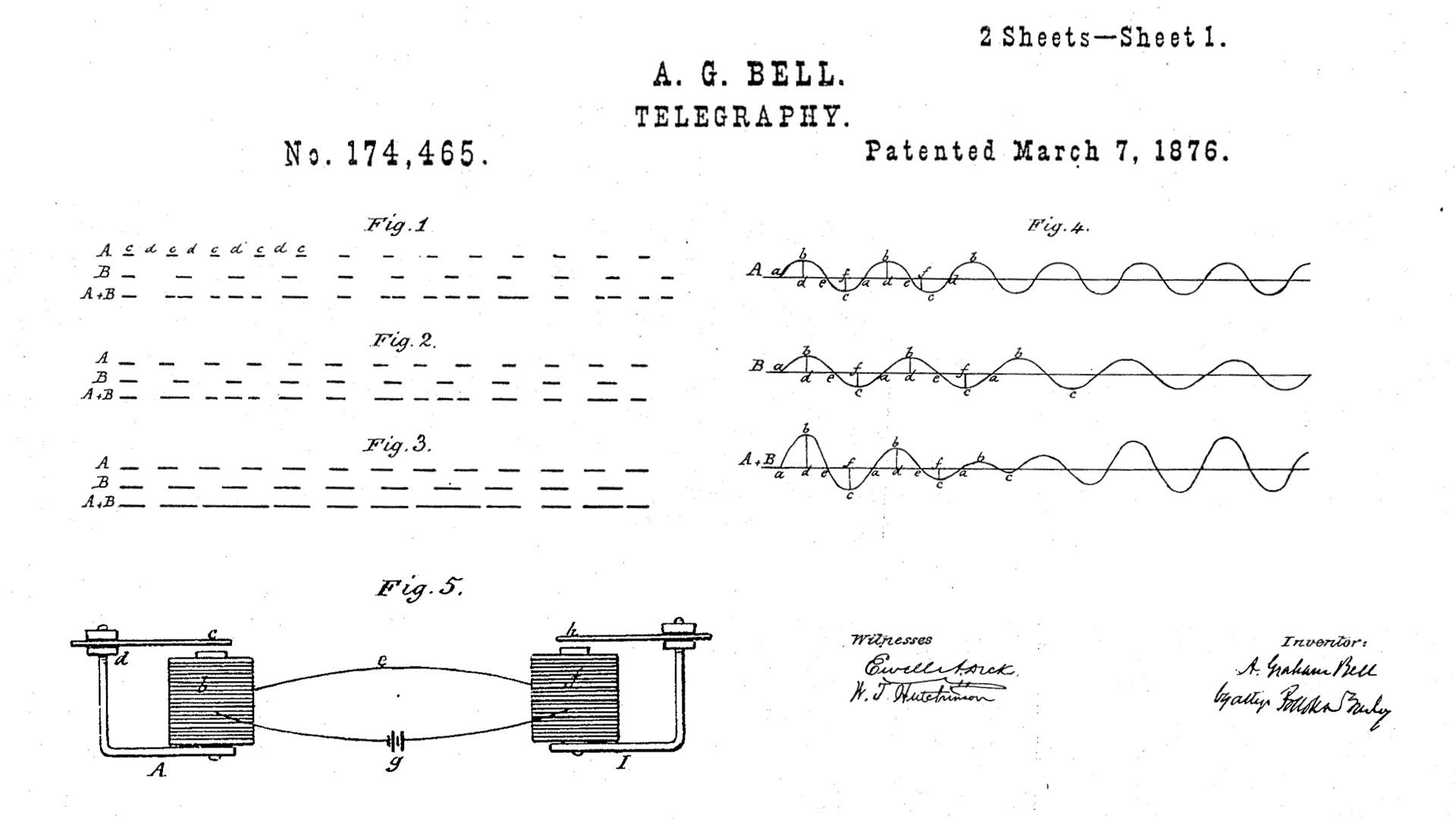 Alexander Graham Bell's invention of the telephone was motivated by his desire to create a device that could assist the deaf. While its initial purpose was to facilitate communication for the hearing impaired, it rapidly transformed into an essential everyday item for people worldwide.
Alexander Graham Bell's invention of the telephone was motivated by his desire to create a device that could assist the deaf. While its initial purpose was to facilitate communication for the hearing impaired, it rapidly transformed into an essential everyday item for people worldwide.
Link to the document in Espacenet.
-
The typewriter (patented in 1896)
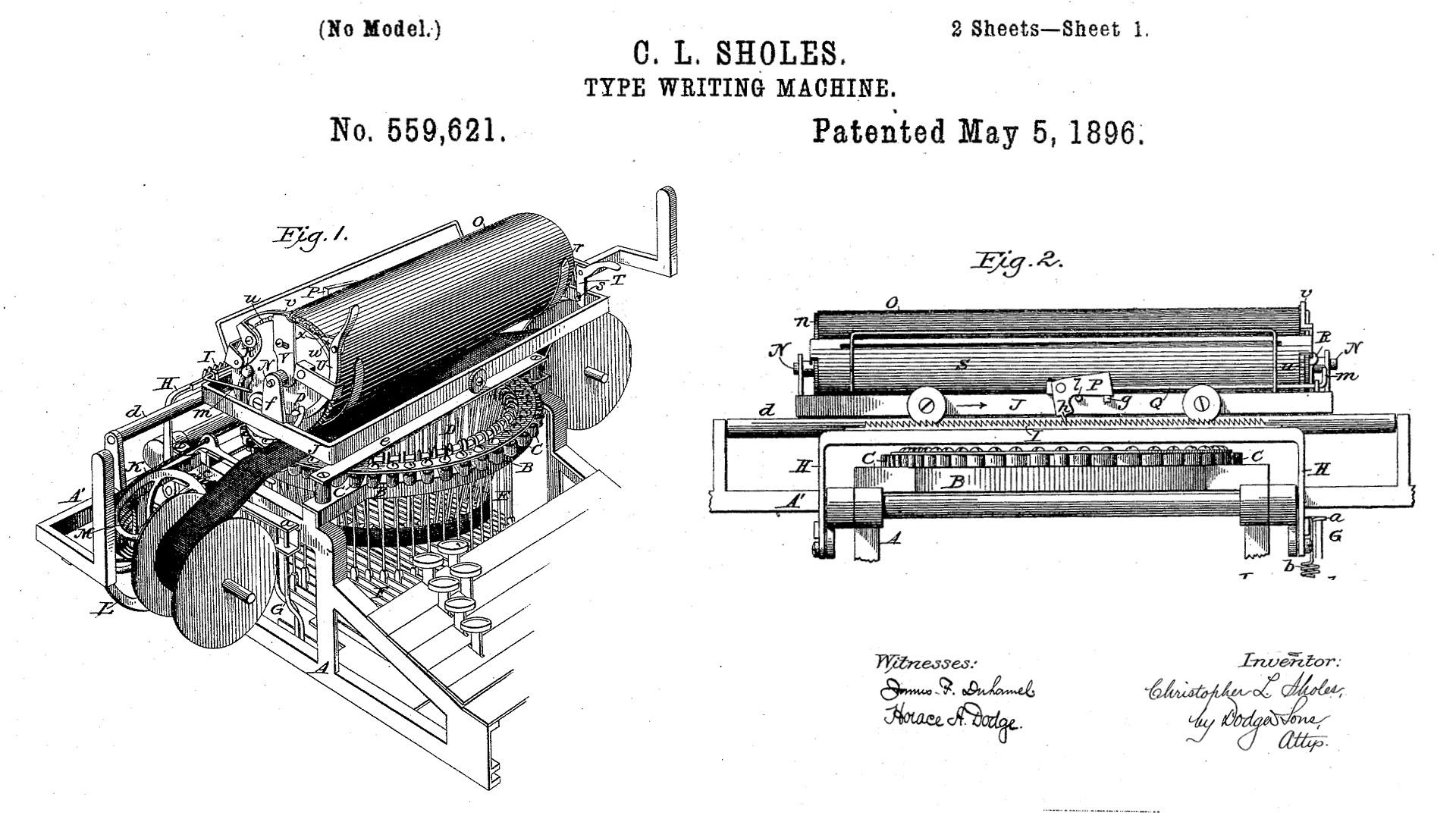 The typewriter was initially developed in 1808 by an Italian inventor named Pellegrino Turri for his countess friend, who was blind and unable to write letters by hand. However, it was Christopher Latham Sholes who patented the typewriter with the QWERTY keyboard as we know it today in 1896. The invention eventually revolutionised the way people write and communicate.
The typewriter was initially developed in 1808 by an Italian inventor named Pellegrino Turri for his countess friend, who was blind and unable to write letters by hand. However, it was Christopher Latham Sholes who patented the typewriter with the QWERTY keyboard as we know it today in 1896. The invention eventually revolutionised the way people write and communicate.
Link to the document in Espacenet.
-
Automatic doors (patented in 1967)
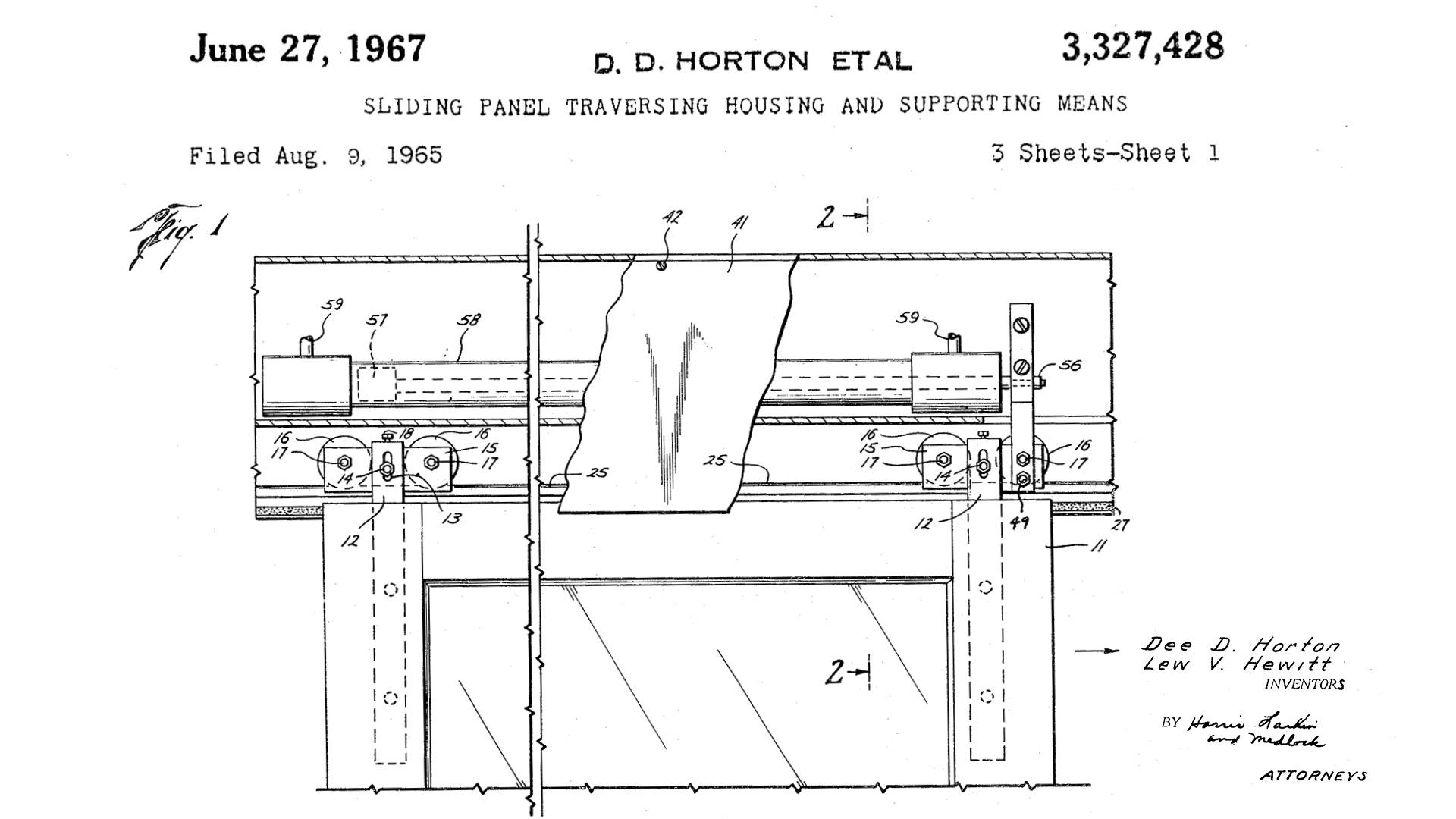 The invention of automatic doors was initially intended to help wheelchair users and people with limited mobility access buildings more easily. Nowadays, they are commonplace in public spaces, providing convenience for everyone.
The invention of automatic doors was initially intended to help wheelchair users and people with limited mobility access buildings more easily. Nowadays, they are commonplace in public spaces, providing convenience for everyone.
Link to the document in Espacenet.
-
Electric toothbrush (patented in 1956)
Individuals with restricted motor skills faced significant challenges in oral care in the past. In 1954, the Broxodent electric toothbrush was introduced, specifically designed to assist those with limited strength, mobility and control in achieving better brushing results. Nowadays, it is a common household item.
Link to the document in Espacenet.
-
Bendy straw (patented in 1951)
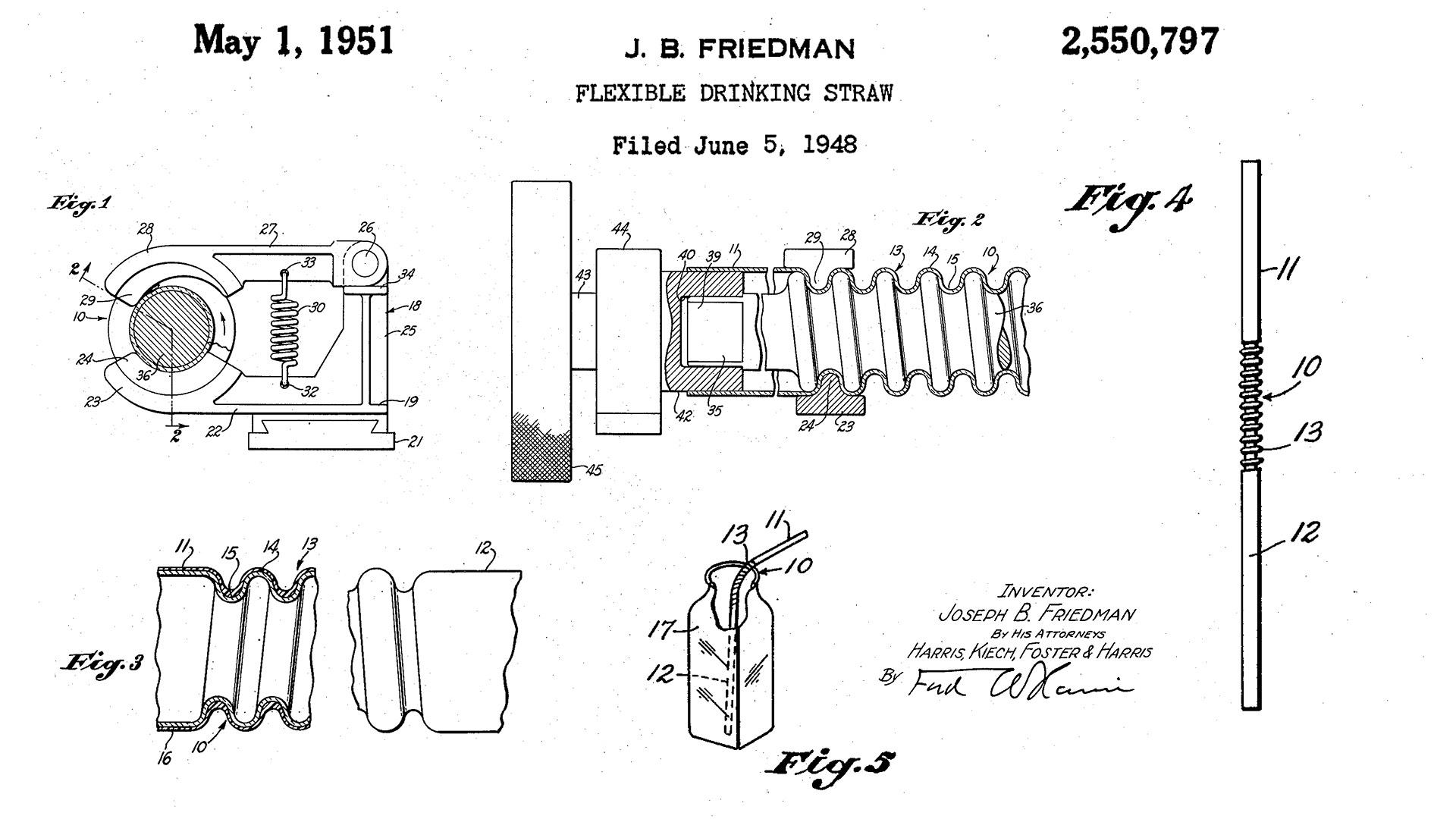
The first bendy straw was invented by Joseph Friedman who watched his young daughter struggle with her drink. The invention is now used by hospitals worldwide to assist patients.
Link to the document in Espacenet.
These patented solutions are a testament to the power of innovation for inclusivity and we expect to see more and more such inventions enter the market in the future. Until then, let us continue to celebrate such breakthroughs and the fact that with each new curb-cut invention, we are paving the way to a barrier-free world where no one is left behind.
Keywords: innovation; inclusivity; curb-cut patents; D&I
